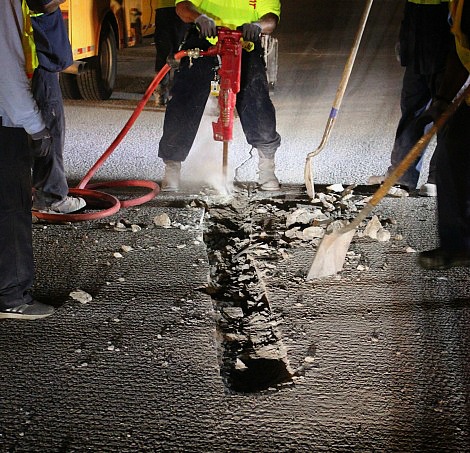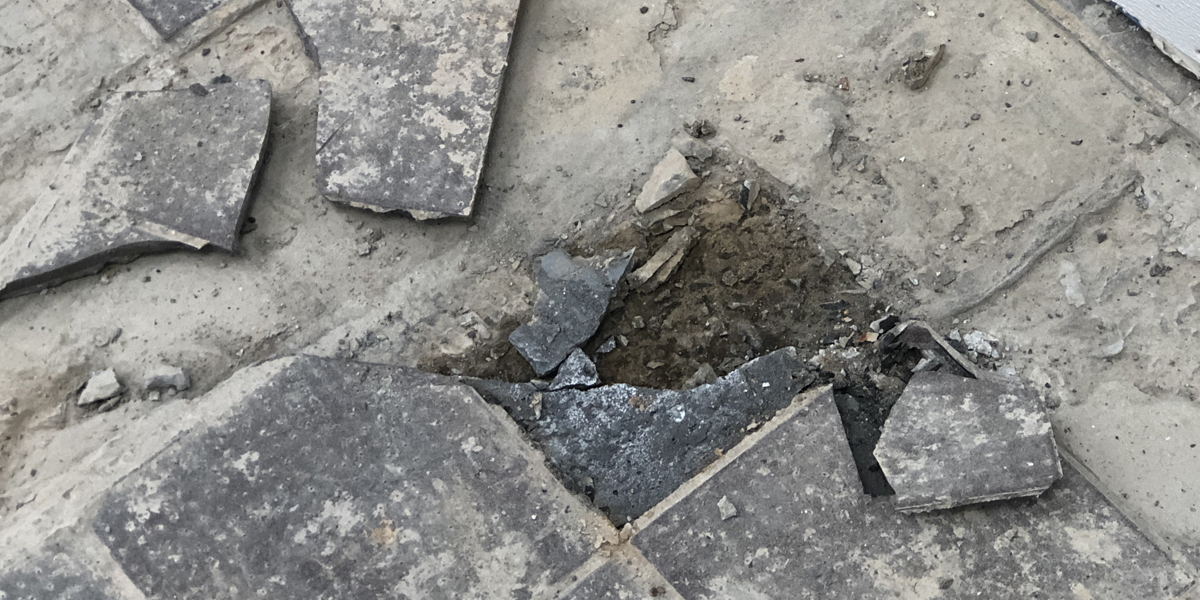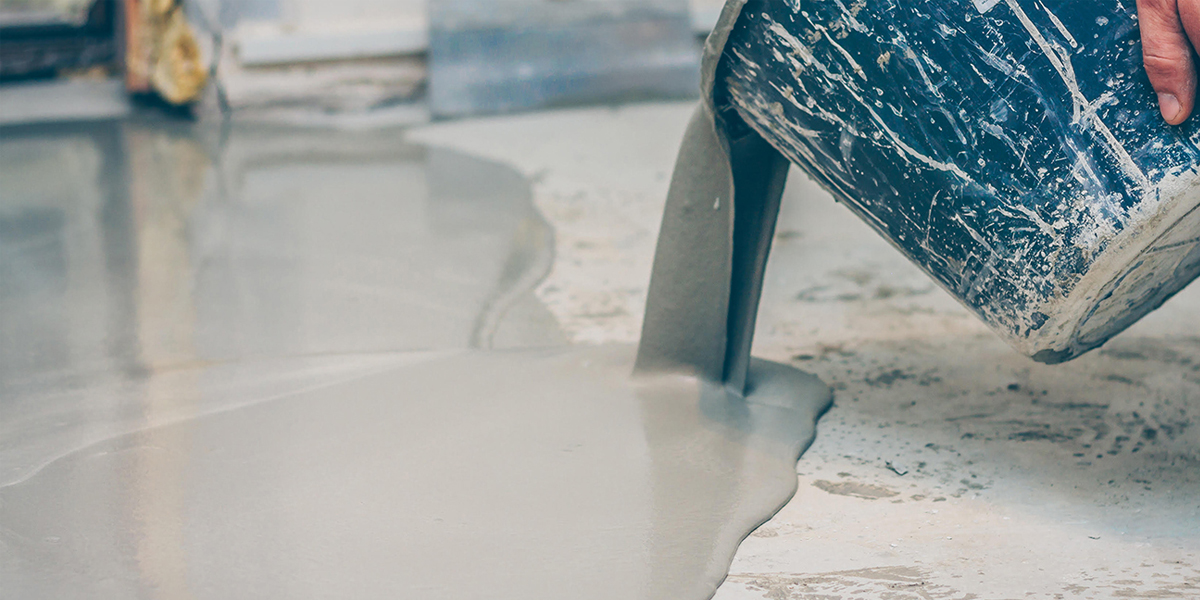Can You Put Resinous Flooring Over a Wood Substrate?
As downtowns are revitalized, it is becoming more common to renovate older buildings. These often become restaurants, bars, or breweries.
Since older buildings typically have a wooden subfloor, many people wonder what type of flooring is best. Do you keep the old wood for character and risk the potential for staining or damage? Or do you put in flooring that will be more durable over time? And what can you confidently put over the top of the hardwood or plywood?
This is a question we get a lot, so we thought it best to address it head on.

With proper planning, you generally can put resinous flooring over a wood substrate. However, you don’t want just anyone handling this project. It’s not as easy as some might think.
But first, let’s talk about why you might want a resinous system in the first place.
Seamless, Non-Porous, Easy to Clean
Wood, while it can be beautiful, is a porous material. So is concrete. Depending on what type of business you’ll be running, leaving a wooden floor in place with no protection can lead to problems.
Cleaning can be more difficult due to staining. A porous material can allow liquids to penetrate the floor. If bacteria or mold grow underneath, you’ll be in for huge headaches and expenses.
Resinous flooring requires little upkeep and is easy to clean with a damp mop or cloth.
A resinous system is a seamless, monolithic surface. Being non-porous, it won’t allow liquid to penetrate when spills inevitably occur.

Quick installation
Many resinous systems can be installed quickly and with minimal shutdown. MMA (methyl-methacrylate) has the fastest cure and can have you back up and running within a few days.
Urethane cement or a hybrid system is not far behind, with full service after 24hrs.
Standard epoxy will need at least 7 days before returning to full service. This is time many owners don’t have.
Because there are several solutions that can work with your timeline and budget, it is very important to work with your product manufacturer and installer before selecting a specific system.
Durability
Resinous flooring is a very durable material that can withstand heavy traffic and wear and tear.
And, it holds up well to heat. Urethane cement systems resist thermal shock up to 240°F while epoxy can only withstand temperatures up to 120°F.
This is why we never recommend putting standard epoxy in a kitchen environment. Hot grease from fry lines and hot water can literally “melt” flooring material over time. This happens over and over again, costing owners thousands in replacement costs.

Choosing an Installer
Since installing resinous flooring over a wood substrate requires a different type of preparation, you should choose an experienced installer. No product will perform well if the installation is not done properly.
The area should be inspected fully to be sure it will accommodate the new floor, with extra care to note drains or other areas of concern due to leveling, etc.
Ask questions about the prep and process that will go into installing your new floor. For best results, consult with the manufacturers’ representative overseeing the project so there are no surprises and any issues can be addressed quickly.
Other Considerations Before Installing Over a Wood Substrate
Putting resinous flooring over wood takes special consideration in comparison to installations over concrete.
- Is the wood substrate able to support the weight of additional flooring? You should consider meeting with a structural engineer if the substrate is not sound.
- Is it level? If the wood is not level, you will need to level it, or slope as needed to drain, before installing the resinous flooring.
- Is the wood substrate dry and free of moisture? Moisture is the enemy no matter what type of substrate you have, so moisture testing will need to be done.
- What type of surface does it have? If it is smooth, the wood surface should be untreated and tongue and groove; less knots in the wood is better.
- Create a rough surface for the resinous flooring to adhere to by sanding with a coarse grit sandpaper.
- Joints should be covered with fiberglass meshing.
- A flexible membrane is required as part of your system unless you lay a new, non moving substrate first, like cement boards. Wood expands and contracts with heat and cold. A flexible membrane can allow for this, up to a certain point, to help prevent the floor from cracking.
- The area should have adequate ventilation for the installation of the resinous flooring system.
A resinous floor can add a great deal of durability and value to your building renovation. It just takes proper planning and installation. The more informed you are before you start, the better the process will go and the happier you’ll be over the long term.
To connect with one of our certified installation partners, please contact us to reach a representative for your area.





